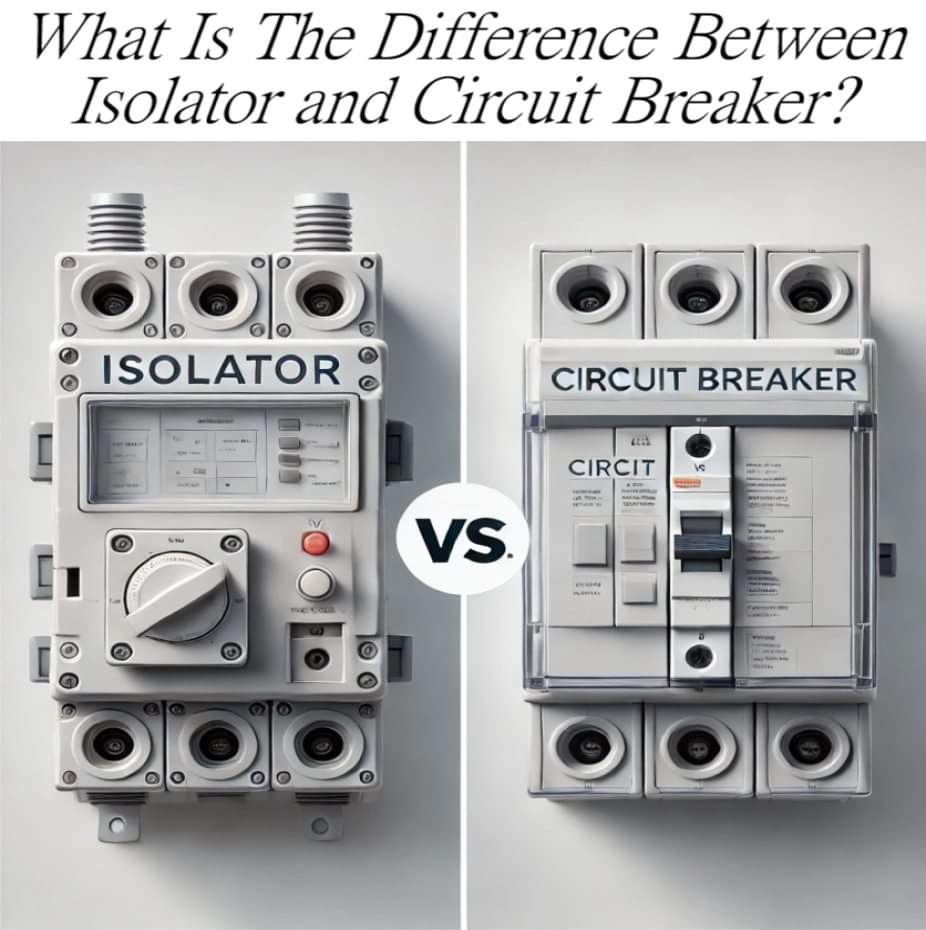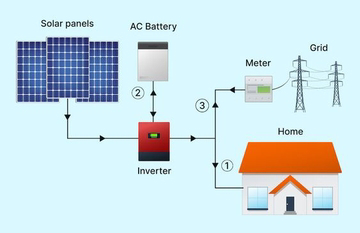1. CB (Circuit Breaker):
- The circuit breaker symbol represents a device that interrupts the flow of current in the circuit when it exceeds a certain threshold, protecting the circuit from overcurrent or short-circuit conditions.
2. CT (Current Transformer):
- The current transformer symbol indicates a device used to measure the current in the circuit and provide a scaled-down representation of the current to other components.
3. R (Resistor):
- The resistor symbol represents a passive electronic component that is used to control or limit the flow of current in the circuit.
4. BF (Breaker Failure):
- The breaker failure symbol suggests that there is some mechanism or logic to detect the failure of the circuit breaker (CB) and take appropriate action.
5. T (Trip Signal):
- The trip signal symbol indicates that there is a signal or trigger that can be used to open or interrupt the circuit, likely originating from the breaker failure (BF) detection.
Based on the arrangement and connections between these components, this diagram appears to represent a protective relaying or circuit breaker control system, where the current transformer (CT) monitors the current, and the circuit breaker (CB) can be tripped in the event of a fault or overcurrent condition, with the breaker failure (BF) logic providing additional protection.
This type of diagram is commonly found in electrical power systems, industrial automation, or other engineering domains where reliable circuit protection is essential.











